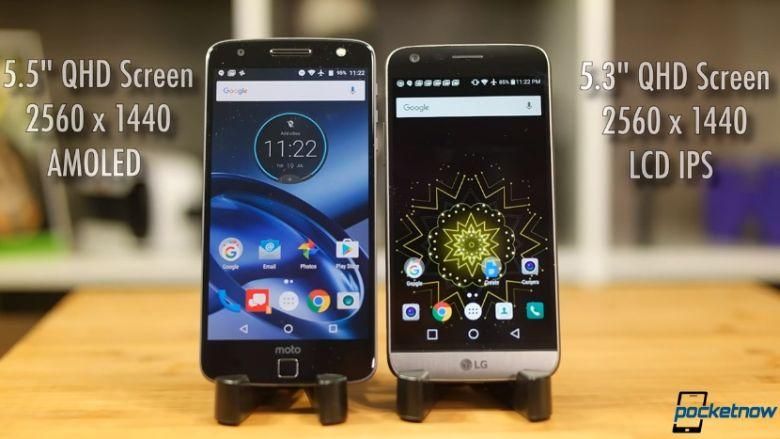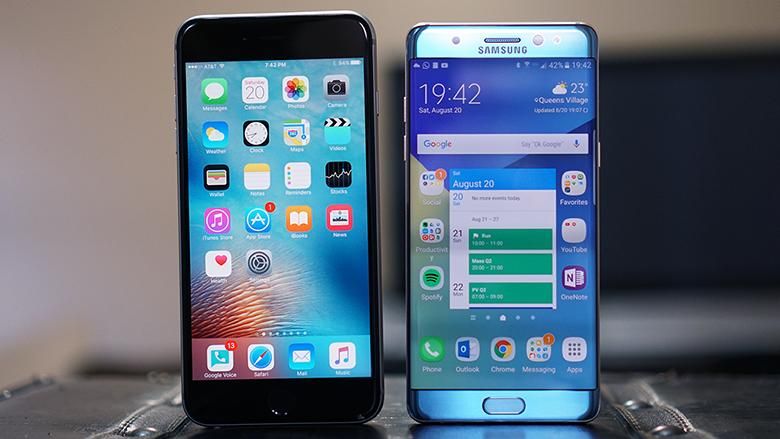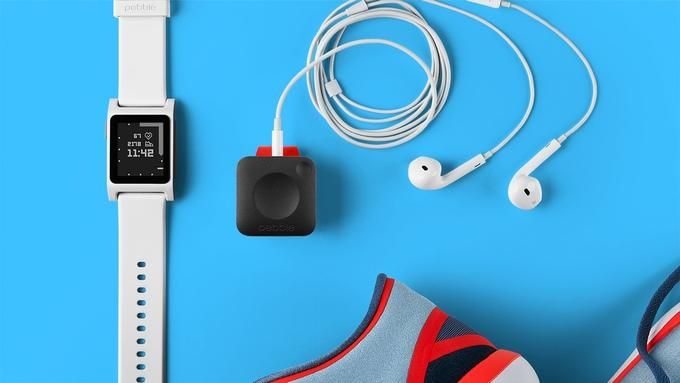We are reaching a point in technology where hardware is plateauing. Moreover, devices are getting better and better and staying viable for longer because of it. Last year’s phone is almost as good as this year’s phone. So, we find ourselves not very motivated to upgrade. This has been shown in smartphone buying trends and retention trends for some time now. If we are holding on to our phones for longer, and the hardware isn’t or can’t get much better, OEMs are going to start freaking out in a big way.
Apples and oranges
Take Apple for instance. Arguably, one of the biggest smartphone sellers on the planet, and Apple is having disappointing sales calls because they’re only selling millions and millions of smartphones as opposed to millions and millions and millions. This year’s iPhone 7 may not be a 7 at all – it may be yet another iteration on the iPhone 6. We’re peaking people.
So what’s an OEM to do? If Apple releases a new phone with slightly better specs and a slightly better camera, what is the motivation to go and buy a slightly new iPhone. Maybe there are some folks who have expiring contracts who will be due for an upgrade, but beyond that, why would people buy a new iPhone?
Everyone is guilty
Or a new any phone for that matter. I’m using Apple as a convenient OEM, but the same could be said for just about any of them. Take a look at LG and Moto. Both of those companies are trying to bring a new modular design to the masses – both with their own strengths and weaknesses. But in the eyes of many, this modular design is gimmicky and doesn’t really add a lot to the experience. “Then why do it,” you may ask.
Well, part of the problem is that we as consumers have become spec hounds, which is fine, except every flagship phone has basically the same specs. This is great if you are Qualcomm, but not so great if you’re trying to compete with those others who are waiting behind you in line at the component factory. What these OEMs feel they have to do is basically reinvent the wheel. They feel they need to bring new and innovative designs and functions to each generation of smartphone.
And they’re right. Without something new and different, our motivation as consumers to buy this new thing is basically nil. With smartphone sales already starting to level off year over year, large companies need something to try to generate interest and more importantly profit. Hence, gimmicks. Modular design, new photography apps, new skins and services built in. New bloatware. And all trying to capture your attention and your motivation to buy. And if you think this trend is limited to smartphones, think again.
What’s next
Consider Pebble. What’s next for Pebble? The reality is that the Pebble 2 and the Pebble Time 2 are arguably the same as their predecessors. Especially in the case of the Time 2, if you already have a Pebble Time, the only thing the Time 2 adds is a heart rate monitor. It’s not all that compelling an addition. Even so, the Pebble Time 2 could be considered a viable smartwatch option for years to come. This is a great thing if you’re a Pebble backer. But it’s awful if you’re Pebble. What’s next?
Pebble is in a situation where it is basically forced into a production cycle set by larger and more financially solvent companies. To keep up, Pebble is going to have to keep bringing out new products year after year, lest it fade into obscurity. This year, Pebble introduced a heart sensor and a new device called the Pebble Core. But to me, the heart sensor is essentially a gimmick. I haven’t had the opportunity to try out the Core, but it seems to be geared more toward fitness. This isn’t necessarily a bad thing, but how useful is it actually? Couldn’t the Core itself be considered a gimmick?
Look in the mirror
Add it all up, and in a way we almost did this to ourselves. Our constant need to have the new big thing has forced OEMs into refreshing a product lines on an almost unreasonable time table. Because of that, instead of seeing great leaps and bounds in the field from generation to generation, we are left with “new” and “exciting” features a.k.a. gimmicks on our new devices begging for our almighty dollar. Add to that devices that have a semi-annual refresh rates ala the Galaxy S and Galaxy Note series, and there’s even less time to develop the “new” and “exciting.”
So maybe we shouldn’t criticize OEMs for bringing gimmicks into our smartphone lives. Maybe it our fault. Maybe OEMs are just trying to keep up with our insatiable desire for newer and better, when there’s little newer and better they can bring. Perhaps the next time we are going to decry a gimmicky feature on a phone, instead we should decry ourselves for asking for it in the first place.



